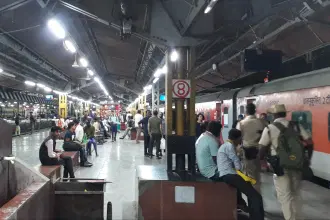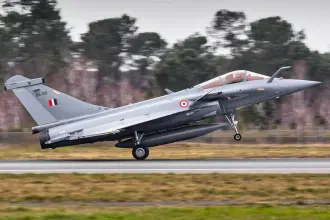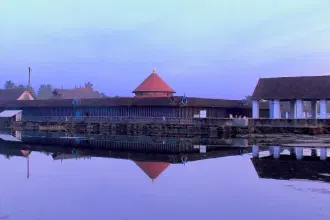News Brief
Mumbai Metro Yellow Line 2B Set For December Debut With Second Phase Launching In 2026: Report
Swarajya News Staff
Oct 15, 2025, 11:07 AM | Updated 11:19 AM IST
Save & read from anywhere!
Bookmark stories for easy access on any device or the Swarajya app.


Mumbai's Metro Yellow Line 2B is progressing steadily with the Mumbai Metropolitan Region Development Authority (MMRDA) targeting a December opening for the first phase and a summer 2026 launch for the second stretch, Hindustan Times reported.
The 23.6 km corridor will eventually connect the city's eastern and western suburbs, providing a vital transport link for millions of commuters.
Trial runs are currently underway on the initial 5.3 km section between Mandale and Diamond Garden in Chembur, with operations expected to commence by December.
This phase encompasses five stations and will significantly enhance connectivity for residents in Chembur, Govandi and Mankhurd areas.
The Commissioner of Metro Rail Safety has granted necessary clearances for this phase, though officials are conducting additional checks before public launch.
MMRDA officials confirmed the second phase, stretching from DN Nagar to Saraswat Nagar in Khar, will open by summer 2026.
This section will create a continuous metro route from Dahisar to Khar, incorporating stations including ESIC Nagar, Prem Nagar, Indira Nagar, Nanavati Hospital, Khira Nagar and Saraswat Nagar along the Link Road and SV Road corridors.
However, the central stretch spanning Bandra West, Bandra Kurla Complex, Kurla and Chembur remains without a confirmed deadline.
The Rs 10,986 crore project has faced multiple delays since its inception, with the original October 2022 completion date pushed back due to contractor issues, power line relocations and bureaucratic challenges.
Line 2B will feature indigenously manufactured six-coach BEML trains equipped with regenerative braking technology, CCTV surveillance, mobile charging points and bicycle accommodation spaces.
The line is projected to carry over 10 lakh passengers daily by 2031 and is expected to reduce travel times between eastern and western suburbs by 50-75 per cent during peak hours.





